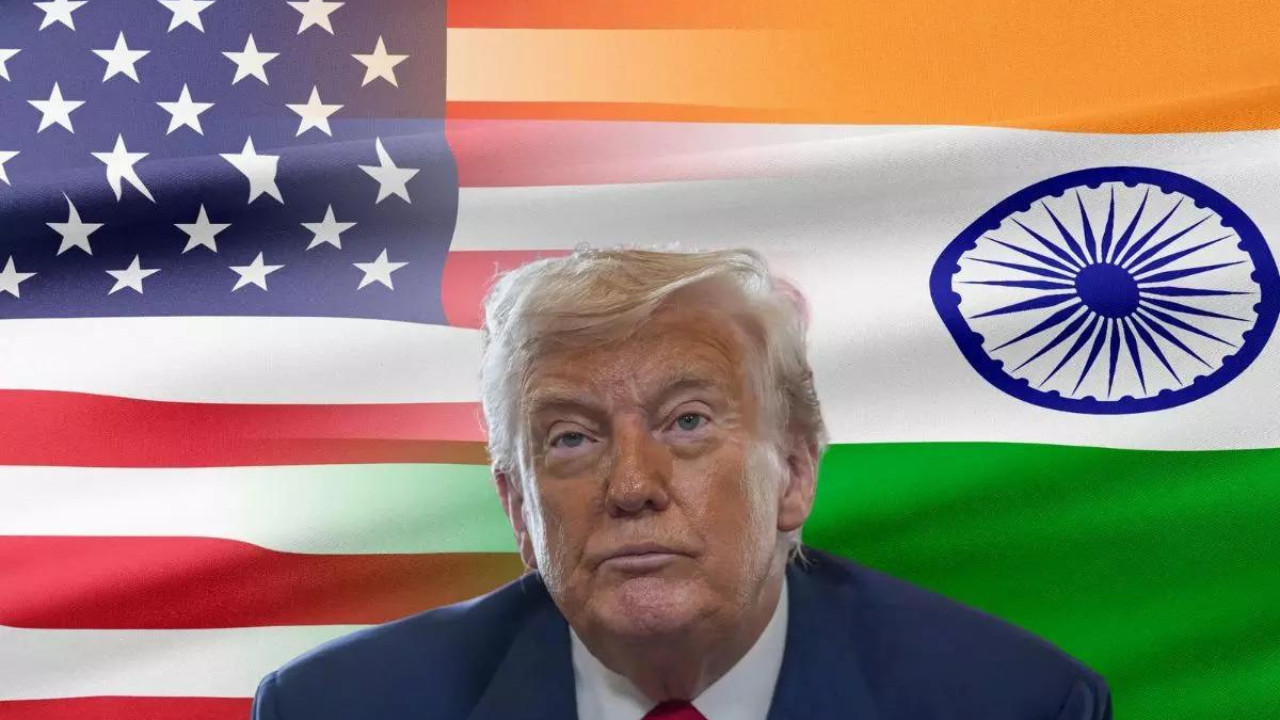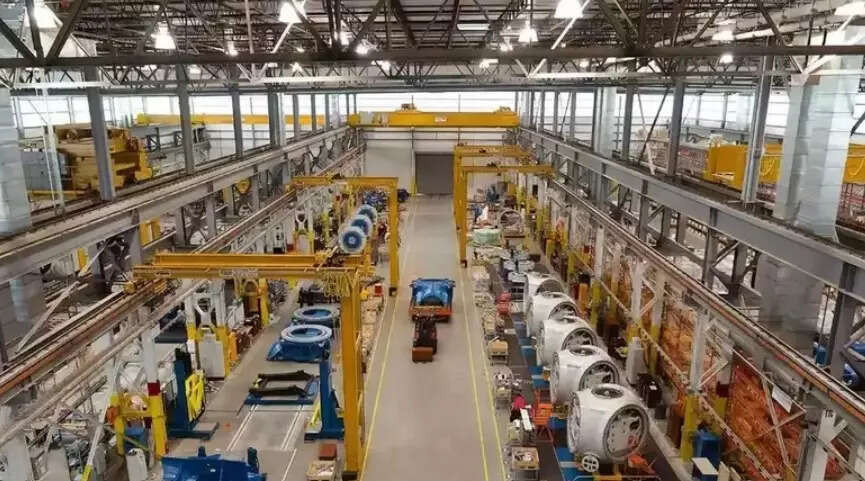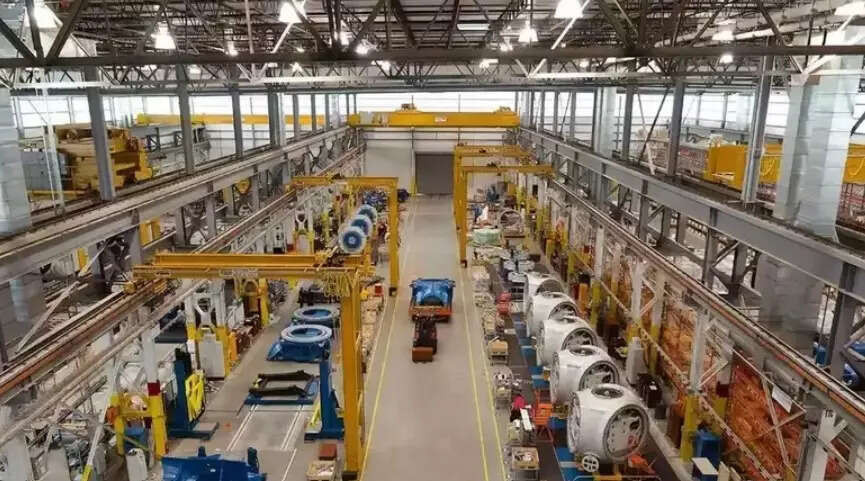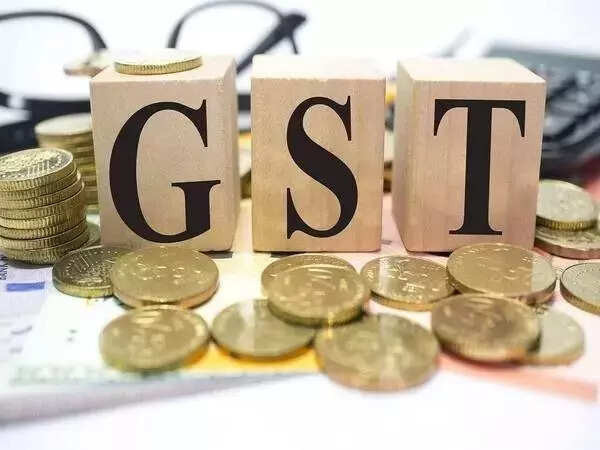India’s Economy: Weathering the Global Storm with Infrastructure and Local Strengths
The global economic landscape is rarely a placid lake; more often it resembles a turbulent sea. Headlines blare about potential storms brewing in the US, particularly regarding tariffs, but how will these winds actually affect the Indian ship? Fitch Ratings recently offered their assessment, and it paints a picture of resilience, revising India’s GDP forecast to 6.3% for FY26. But what’s fueling this optimism, and how can India maintain its course?
Decoding the US Tariff Impact
The initial reaction to the US potentially imposing tariffs on certain goods is usually one of apprehension. After all, global trade is intricately connected. However, Fitch suggests the direct impact on India might be limited. This isn’t to say there will be no effect, but rather that India’s economic engine has other, stronger drivers that can compensate. The key here is diversification – both in terms of export destinations and the composition of the Indian economy itself. While specific sectors might feel a pinch, the overall impact is expected to be manageable. This also means there are opportunities. Companies might shift focus away from the US and look towards new trade routes that will allow them to still thrive.
Infrastructure Spending: Laying the Foundation for Growth
One of the primary anchors providing stability is the massive investment in infrastructure. Think of roads, railways, ports, and airports – the arteries and veins of a modern economy. The Indian government has been aggressively pushing infrastructure development, and these projects are starting to bear fruit. They not only create immediate jobs and stimulate demand for raw materials like steel and cement, but also significantly improve efficiency and connectivity, reducing transportation costs and boosting overall productivity. This creates a virtuous cycle, attracting further investment and fostering long-term economic growth. It is important to maintain this push with a steady hand.

Local Demand: The Untapped Potential of a Billion Consumers
Beyond external factors, India possesses a powerful internal engine: its vast and growing domestic demand. With a population exceeding 1.4 billion and a rising middle class, the potential for local consumption is enormous. This is a critical advantage, as it provides a buffer against global economic headwinds. When international markets become volatile, a strong domestic market can help sustain growth. This involves making goods and services accessible and affordable to a wider range of consumers, nurturing entrepreneurship, and promoting policies that encourage local production.
Key Sectors: The Pillars of the Indian Economy
Fitch highlights specific sectors that are expected to benefit from infrastructure spending and local demand. These include:
* Construction: The most obvious beneficiary, driven by infrastructure projects and housing demand.
* Manufacturing: Supported by government initiatives like “Make in India” and increasing domestic consumption.
* Services: Including IT, finance, and healthcare, fueled by a skilled workforce and a growing middle class.
These sectors are not operating in isolation. They’re interconnected, with growth in one area often spilling over into others. For example, increased manufacturing output requires better logistics and transportation infrastructure, further boosting the construction sector.
Risks on the Horizon: Navigating Uncertainty
Of course, no economic outlook is without its potential pitfalls. While Fitch’s revised forecast is positive, it acknowledges the presence of risks, including global economic slowdown, geopolitical tensions, and domestic policy challenges. Managing inflation, maintaining fiscal discipline, and implementing structural reforms will be crucial to sustaining India’s growth trajectory. For example, improvements to the regulatory environment are necessary to make it easier for businesses to start, grow, and thrive.
India’s GDP Forecast: A Reason for Optimism?
The revised GDP forecast of 6.3% for FY26 suggests a degree of resilience in the face of global uncertainty. While the external environment presents challenges, India’s strong domestic fundamentals, driven by infrastructure investment and robust local demand, offer a solid foundation for sustained economic growth.
India’s focus on internal growth, combined with careful navigation of the global trade landscape, will be essential for unlocking its full economic potential. By continuing to prioritize infrastructure development, nurturing domestic demand, and addressing potential risks proactively, India can not only weather the global economic storms but also emerge stronger and more prosperous. Find out more about [India’s Fintech Future](https://example.com/indian-fintech-future).







